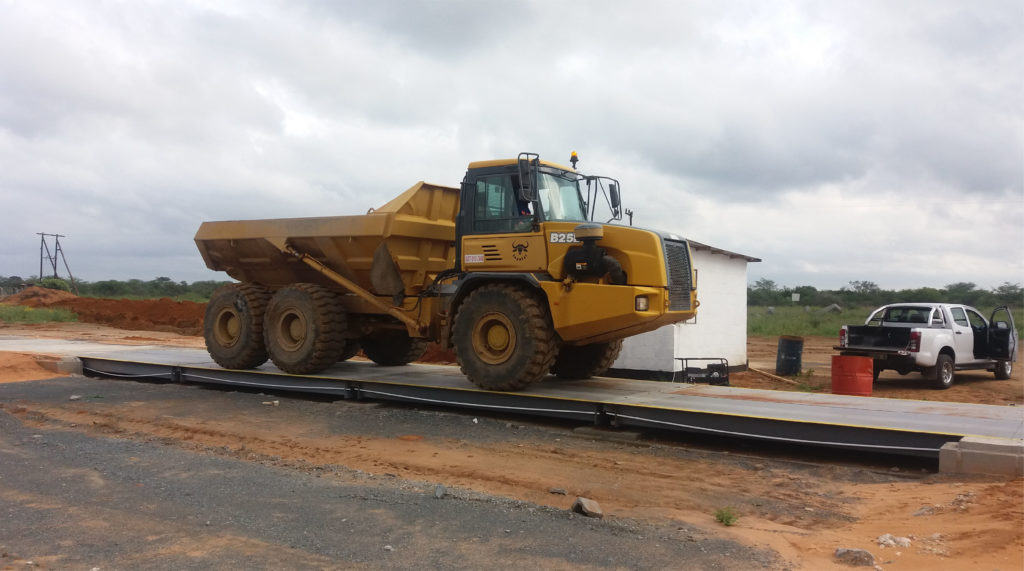Weighing scales help truckers and cargo companies calculate the amount of product they can safely carry and stick to regulations. This cargo cost is measured against fuel use, running expenses, and other financial factors, with the aim of promising profit.

If this seems confusing, think of it this way. The more freight you lift, the more products you have to sell, and the better your revenues. But if carrying that cargo damages the vehicle and causes expensive repairs, those maintenance costs eat into your profit. Excess freight makes the truck slower, uses more fuel, and lengthens your commute, all things that affect the bottom line.
In that sense, weighbridges are a crucial tool for ensuring safe freight and maximal profit. And it’s not just truck and bus companies that benefit. Government authorities and road works require this data too. It helps them gauge the lifespan of the road, assessing wear and tear, setting cargo limits, and levying the right amount of road tax.
Weighed in concrete
The most common type of weighbridge is the kind used at toll stations. These can be modular, meaning you can stretch or shrink them, usually from 6m at the smallest to 36m at the biggest. These weighbridges have a steel base topped with a cement foundation, ramp, and deck. The load cells may crack the cement, so the weighbridge is initially constructed on dummies.
The cement is poured on the steel frame, dried, and cured, while sitting on dummy cells to maintain the weighbridge’s structure. The cement shell is then fitted with permanent load cells. This kind of scale is high quality because the combination of steel and cement in concrete weighbridges makes them resistant to erosion, oxidation, or chemical damage.
And because it’s poured on-site, it’s mobile, in the sense you can easily transport it from the factory to the weighbridge site. However, it differs from a fully portable weighbridge, which doesn’t have any cement or concrete in its base. Instead, it’s made of high-grade steel, and it can be folded up and loaded onto your truck bed. These are best for use at warehouses and ports.
Mobility and convenience
When you’re working with stationary weighbridges, you need skilled truckers and bus drivers. They have to twist, turn, and maneuver their vehicle into position. Portable weighbridges are easier to use because you can move the scale to a more convenient position. They’re adjustable too, comfortably weighing anything from 10 to 100 tonnes.
And they’re expandable, from 6 – 36m, meaning they’re just as effective as their concrete counterparts. But if you want even more portability, you should opt for axle pads. They’re not as accurate, or as versatile (they can only mage 5 to 40 tonnes). But you can carry them around for periodical overload checks in transit. You’ll need a digital touch screen control box for readouts.
Because these units are built for mobility, they come with a long-lasting battery and a quick-working thermal printer. It’s designed to be part of an oversight system, so it keeps a record of every inspection and can hold more than a thousand past readings.
If you’re still unsure of whether you should be using cement, steel, portable, or padded weighbridges, just ask. You may worry about looking inexperienced, but buying the right scale could save you thousands of dollars in unnecessary fines and repairs while maximizing profit.